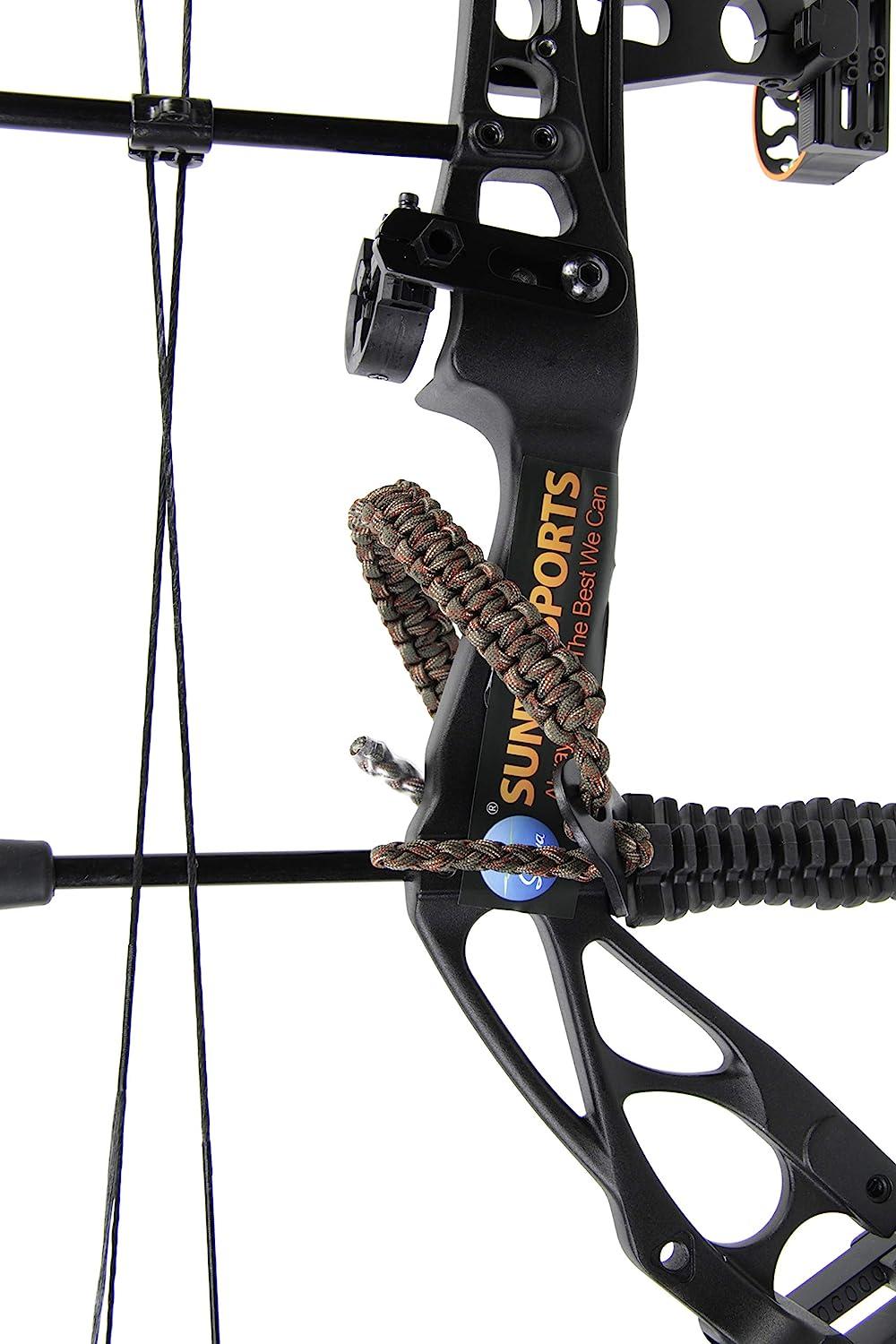Why Bow Stabilizers Matter: Improve Your Capturing Precision Today!
Why Bow Stabilizers Matter: Improve Your Capturing Precision Today!
Blog Article
Optimize Your Archery Precision With These Bow Stabilizer Strategies
One important aspect that can substantially impact your performance is the appropriate usage of bow stabilizers. Whether you are an experienced archer looking to improve your abilities or a newcomer excited to boost your accuracy, grasping these bow stabilizer strategies could be the secret to striking your mark with unparalleled uniformity.
Advantages of Using Bow Stabilizers
Utilizing bow stabilizers can considerably boost an archer's precision and overall efficiency by decreasing bow torque and resonance. Furthermore, bow stabilizers moisten resonance, which not just enhances the comfort of capturing but likewise stops the bow from leaping upon launch, thus helping in keeping proper goal.
Moreover, bow stabilizers can assist in holding the bow steady, particularly during windy problems or when shooting from longer ranges. The added weight at the front of the bow supplies stability and balance, allowing the archer to concentrate on intending without the interruption of bow activity. Overall, the benefits of utilizing bow stabilizers expand beyond simply accuracy, enhancing the archer's experience and efficiency in numerous shooting situations.
Choosing the Right Bow Stabilizer
Picking the appropriate bow stabilizer is important for optimizing your archery equipment and enhancing shooting performance. When picking a bow stabilizer, there are numerous aspects to take into consideration to ensure you find the ideal fit for your needs. Consider the weight of the stabilizer. Larger stabilizers can help in reducing bow torque and take in even more vibration, bring about a steadier purpose. Lighter stabilizers use even more ability to move, which can be useful in certain shooting circumstances.

Last but not least, consider the style of the stabilizer. Some stabilizers feature flexible weights or dampeners that permit you to personalize the equilibrium and feel of your bow. Ultimately, selecting the appropriate bow stabilizer includes finding an equilibrium between weight, design, length, and material to improve your shooting precision and total efficiency.
Proper Installment Strategies
To make certain optimum performance and safety and security in archery, grasping proper setup techniques for your bow stabilizer is necessary. The very first step in installing a bow stabilizer is to determine the appropriate positioning on your bow. Most stabilizers are connected to the front of the riser, below the grip, to aid counterbalance the weight of accessories such as sights and quivers. Ensure that the stabilizer is not conflicting with other elements or impeding your shooting kind.
Following, safely affix site link the stabilizer to the bow utilizing the suitable mounting hardware. Some stabilizers come with flexible weights that can be included or removed to tweak the balance of your bow.

Changing Stabilizer Weight and Size
After guaranteeing the appropriate setup of your bow stabilizer, the following action includes changing the weight and size to enhance its efficiency in improving archery accuracy. The weight of the stabilizer plays an essential role in link reducing bow movement during the shot cycle.
A longer stabilizer can give higher stability by raising the range between the bow and the weight at the end of the stabilizer. Alternatively, a much shorter stabilizer provides more ability to move and may be favored by archers that value agility and fast movements throughout shooting.
Advanced Stabilizer Tuning Tips
Achieving ideal bow stability and accuracy in archery demands a nuanced strategy to sophisticated stabilizer adjusting. Advanced stabilizer tuning involves fine-tuning different components to boost the bow's balance, minimize vibration, and boost overall precision. One key strategy is to experiment with various stabilizer configurations, consisting of side-bar and back-bar configurations, to find the suitable balance between security and maneuverability for your capturing design. bow stabilizer. Additionally, readjusting the angle and positioning of the stabilizer can have a significant effect on just how the bow reacts upon launch.
An additional critical facet of innovative stabilizer adjusting is enhancing the damping residential properties of the stabilizer system. Exploring various materials for the stabilizer construction, such as carbon fiber or aluminum, can likewise influence the bow's performance by modifying click here to find out more its weight circulation and tightness.
Final Thought
Finally, taking full advantage of archery precision can be attained with the proper selection, installment, and adjustment of bow stabilizers. By recognizing the advantages of utilizing stabilizers, choosing the appropriate one, and tweak its weight and length, archers can boost their capturing accuracy. Using sophisticated tuning strategies can additionally improve security and consistency in arrowhead trip. Overall, including bow stabilizers into archery practice can cause enhanced efficiency and boosted accuracy.
Making use of bow stabilizers can considerably boost an archer's accuracy and general efficiency by reducing bow torque and resonance. Longer stabilizers offer higher security and balance, specifically for long-distance capturing, while shorter stabilizers use even more flexibility and are less complicated to maneuver in limited rooms (bow stabilizer). Carbon fiber stabilizers are sturdy and lightweight, while aluminum stabilizers are durable and give outstanding vibration wetting
A longer stabilizer can provide greater stability by raising the range between the bow and the weight at the end of the stabilizer.One more vital facet of advanced stabilizer tuning is enhancing the damping buildings of the stabilizer system.
Report this page